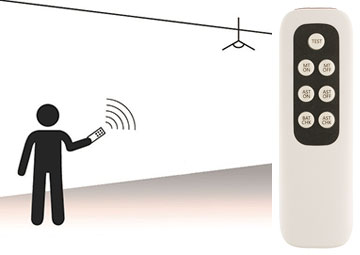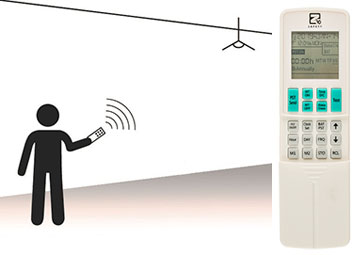Float Charge
Float Voltage – the voltage a battery should be kept at if used in a standby application (i.e. for emergency lighting).
To understand float voltage its important to know:
- The voltage of a battery decreases as it is discharged and increases as it is charged
- All batteries gradually discharge over time even if they are not in use via a process known as ‘self-discharge’
- The voltage stated on a battery’s label is usually lower than the voltage the battery can achieve when fully charged
In most cases we are used to the idea that we fully charge a battery and then use it. We charge up our phones to 100% so they will last as long as possible. A camper will charge their camper battery to the top so it keeps the lights on the maximum amount of time.
But what about batteries that spend most of their time unused? Emergency lighting batteries don’t operate all the time and keeping them fully charged over long periods is actually damaging and can reduce their lifespan. If they are not connected to a charger, they will gradually self discharge and not be able to operate at their best when needed.
As such, every battery has what is known as their ideal float voltage. The voltage it should be kept at if it is being maintained at a near full state of charge over a long period of time.
Float voltage calculations are complex as they are heavily influenced by the temperature in which the battery operates and the battery chemistry. A 12 volt lead acid battery in a room where the temperature is 86°F (30°C) has a float voltage of 13.28. If the room temperature were to drop to 68°F (20°C) the float voltage required would increase to 13.52 for example.
Many modern smart chargers are designed to charge batteries until they are full and then relax the charge to the float voltage until they are disconnected.
Z10 batteries are Lithium and we monitor the charge carefully at 80% of capacity for this exact reason. When it discharges we only trickle charge from say 79% back to 80% which is fast and efficient and protects the battery.
Related Information

MT (Manual Test)
MT emergency luminaires must be tested by accredited engineer. Optional ARC remote control adds extra functions. Learn More

AST (Advanced Self-Test)
AST emergency luminaires are self-test units. ARC remote control gives the possibility to add extra functions with ARC remote control. Learn More

PST (Programmable Self-Test)
PST emergency luminaires can be programmed with PRC remote control to meet specific end-user requirements. Learn More






